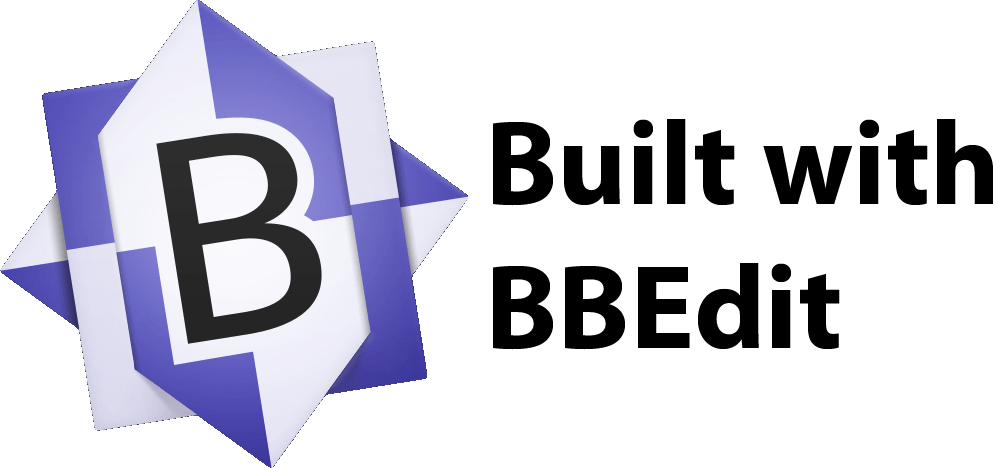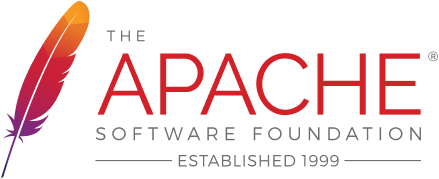Snipper version history
Version 1 (2006)
- Europe-East Asia-Africa-America-Oceania classification tool.
- Population data analysis tool.
Version 1.5 (2007)
- New custom Excel file profile classification tool.
- New profile generator tool.
- New Europe-East Asia-Africa-America-Oceania training sets.
Version 2 (2010)
- Support for .xlsx Excel file format.
- New multiple classification tool.
- New frequency classifier tool.
Version 2.5 (2015)
- New design training set tool.
- New age prediction models.
- Rewrite of Java applet (density plots) in R.
- New skin, hair, and eye colour classifier tools.
- Added Genetic Distance algoritm and MLR classifiers.
- Added "using genotype frequencies" option to Naive Bayes classifier.
- Added PCA graphics to multiple classifier.
Version 2.5b (2020)
- New age prediction models.
- New forensic MPS AIMs panel reference population sets.
Version 3 (2022)
- New rewritten optimised classifiers.
- Improved image resolution.
- Improved training set design tool.
- Anchor links in multiple classifier output for quicker navigation.
- Updated AJAX interface.
- New PCA graphics.
- New 3D PCA graphics.
- Microhaplotype support.
- New header-clickable marker tables for provided training sets.
- New downloadable offline code.
- New age prediction models.
- New and revised forensic MPS AIMs panel reference population sets.
Version 3b (February 2023)
- New and revised forensic MPS AIMs panel reference population sets.
- New tool to convert Snipper format to STRUCTURE format and back.
Version 3c (September 2023)
- New age prediction model: cartilage, 3 CpGs, MiSeq.
- New tissue prediction model: 8 CpGs, MiSeq.
Version 3.5 (March 2025)
- New accessible colours for colour blind viewers in links.
- New PCA graphs showing population centroids and centroid distances.
- Numerous improvements to the frequencies-only classifier.
- New faster implementations of age prediction tools.
- Age and tissue prediction tools now show parameter ranges.
We do not document minor revisions in detail as the Snipper suite has always been a work in progress where small improvements are introduced approximately every two weeks, based on feedback and various considerations.
 |
 |
 |
